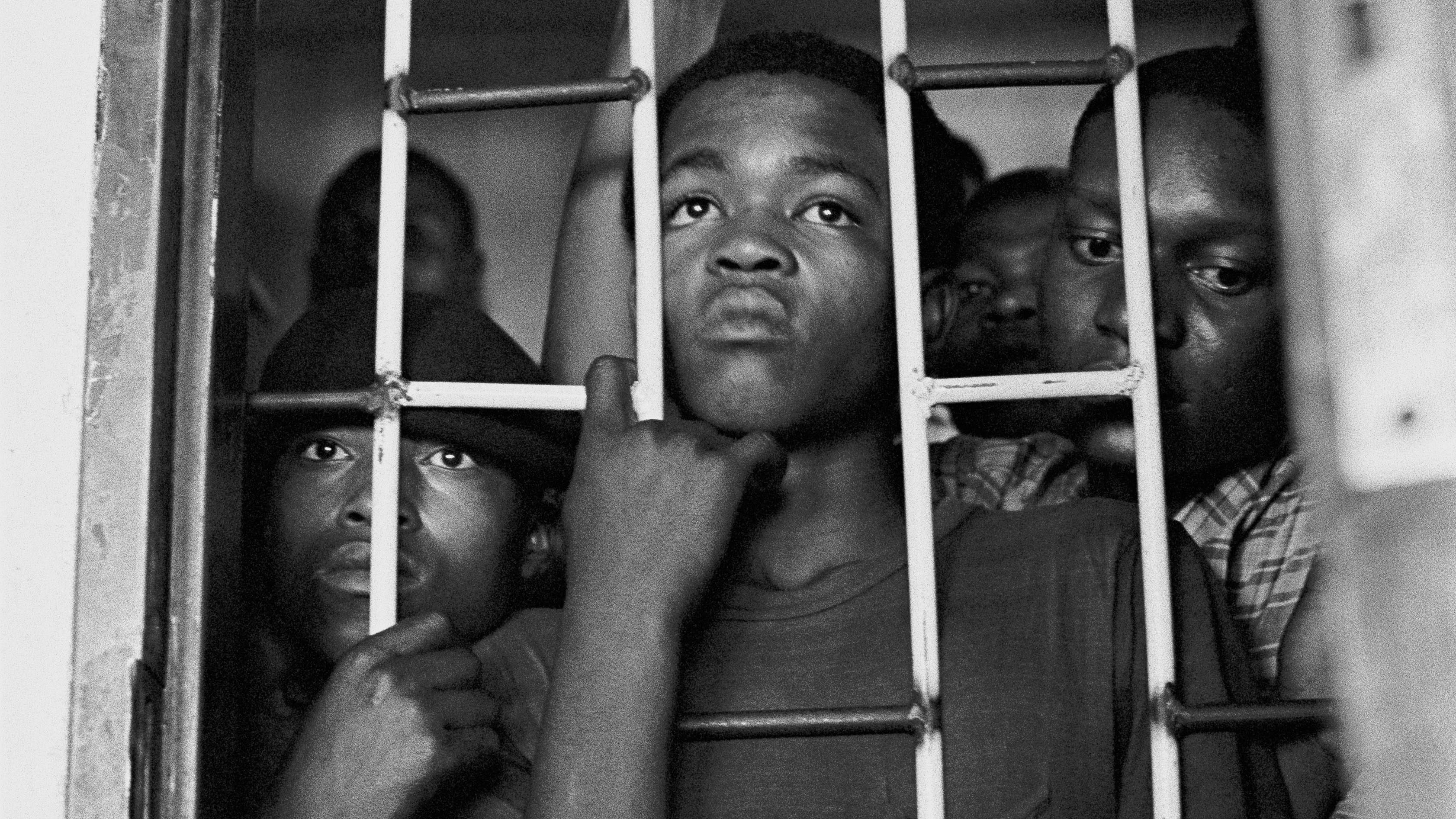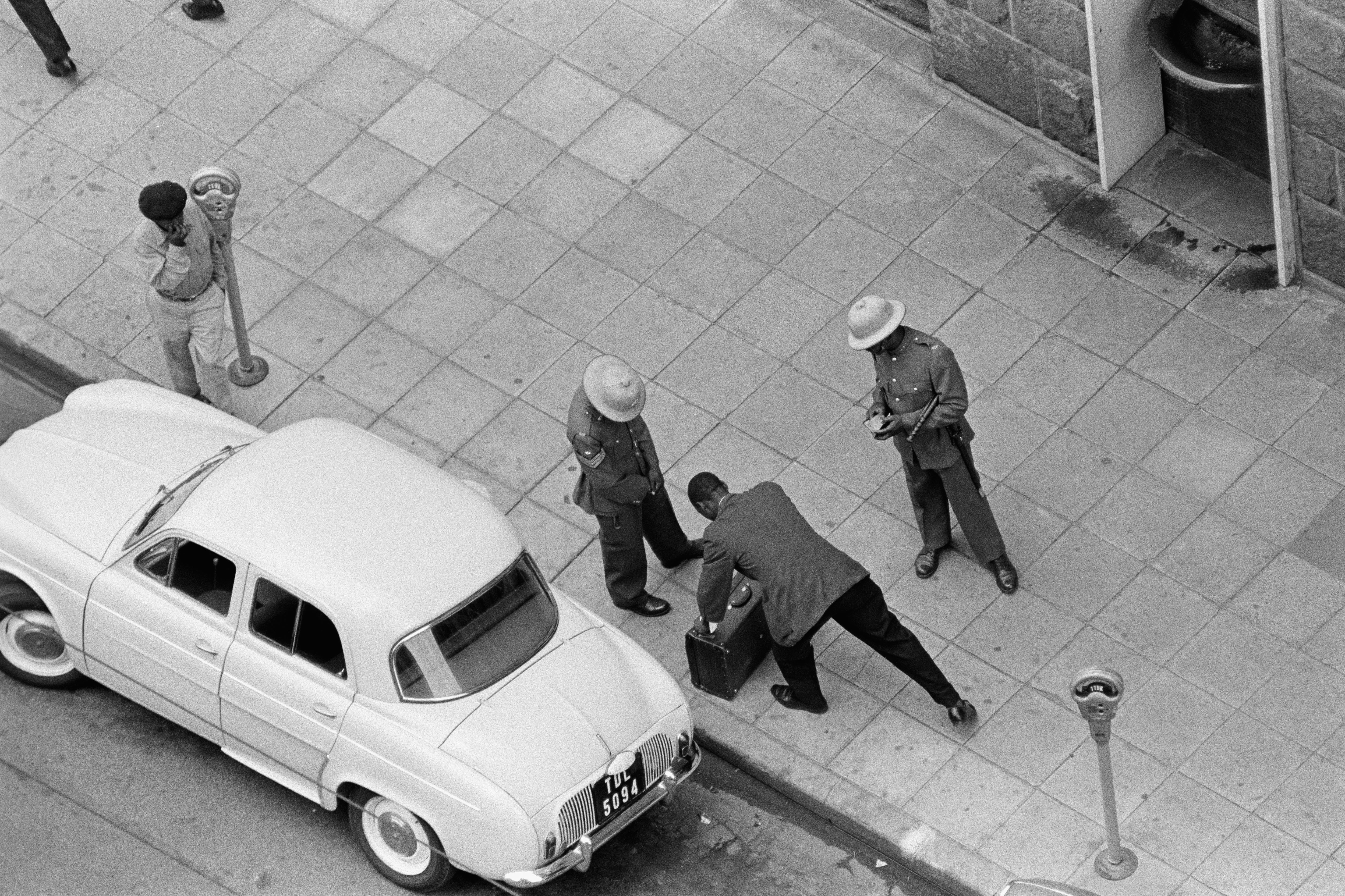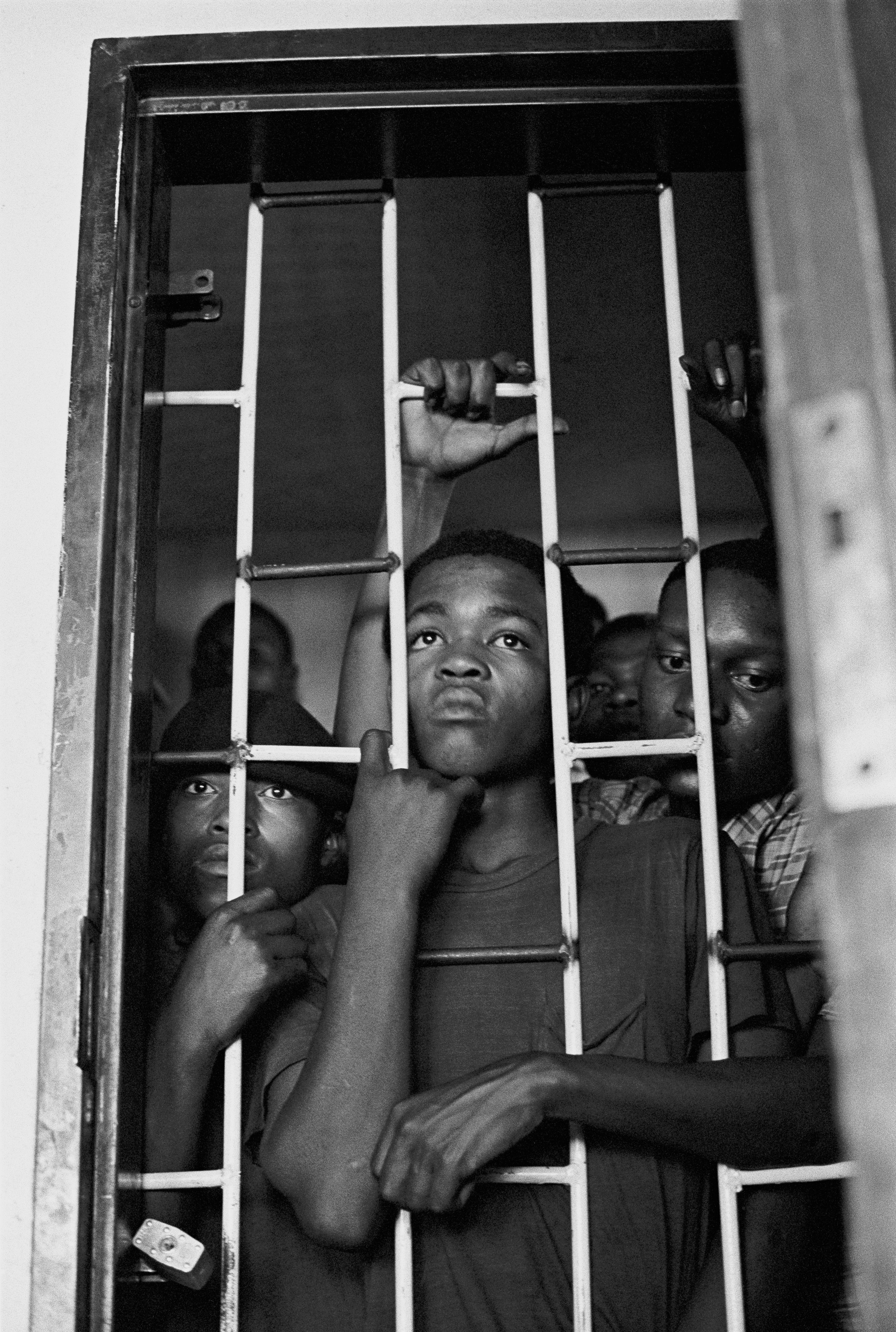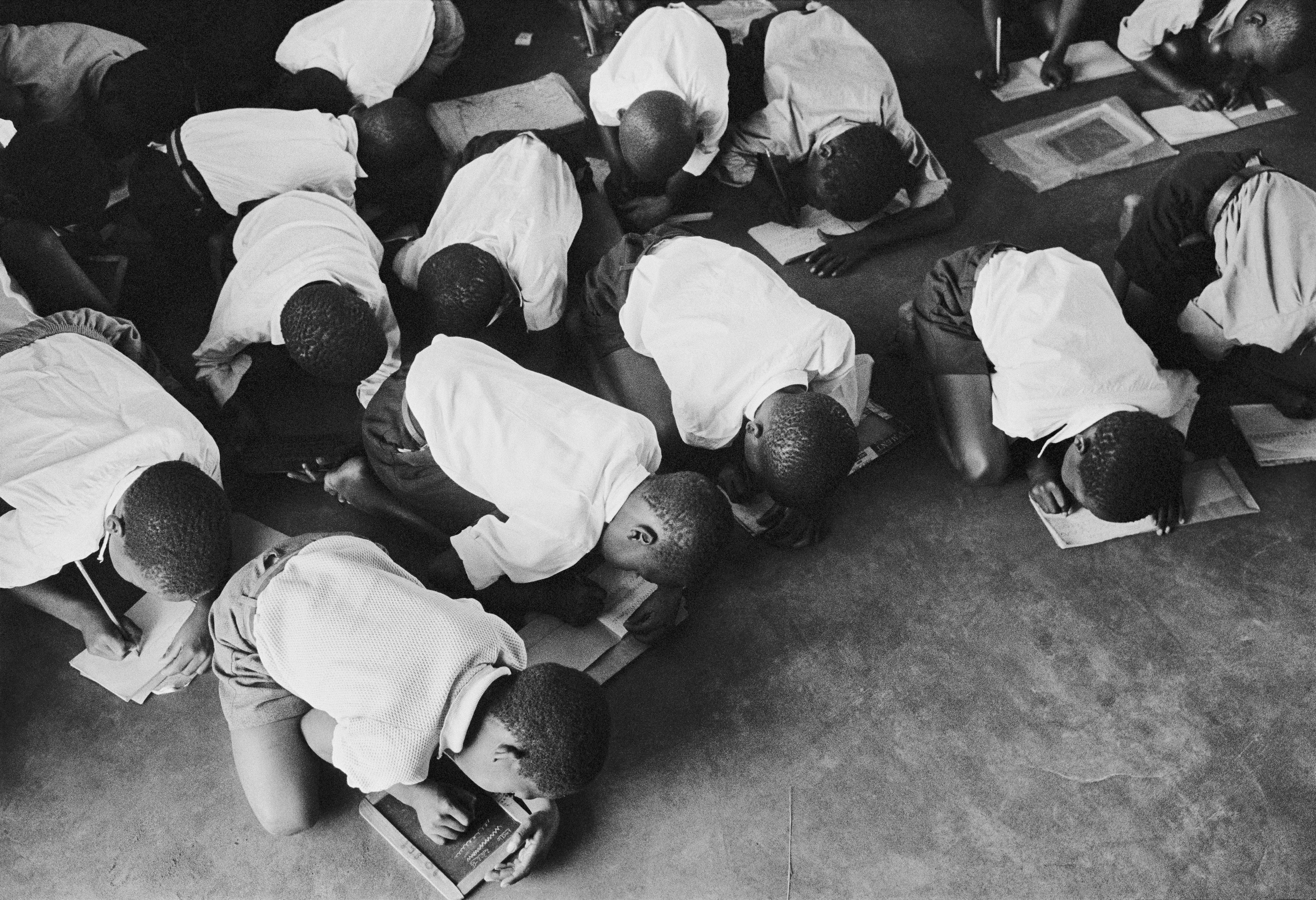
A new exhibition is being shown by the Deutsche Börse Photography Foundation that focuses on storytelling by photographer Ernest Cole, documenting the racial struggles of non-white South Africans. The exhibition will be accessible from June 02 until September 17 2023, hosted at The Cube in Eschborn, Germany.
The South African photographer was a prominent figure in broadcasting the racial segregation, known as Apartheid (1948-1994), which occurred as a result of the all-white government at the time dictating a separation between whites and people of color that were living in the country.
• These are the 50 best photographers ever!
Ernest Cole (1940-1990) was South Africa's first-ever Black freelance photographer, and is noted for his incredible and heart-wrenching book and photo collection titled House of Bondage (1967).
This evidences the horrors of Apartheid and the racial discrimination faced by Africans living in the 'White South Africa', as seen from Cole's perspective as a young black photographer at the time.

The new exhibition, Ernest Cole. House of Bondage, will be Cole's first major exhibit in Germany, and feature around 130 photographs covering all 15 of the thematic chapters from his 1967 photo book, accompanied by his own texts and recounts of harrowing events.
Cole was actually a self-taught photographer, and it was no accident that he concentrated on powerful photojournalism of Apartheid politics. He wanted to draw global attention to the issues in his home country, so he started working as a photographer at the age of 18.
He captured countless forms of violence and repression throughout his career, which he was also subject to as a Black photographer.
Included with the exhibition program are some early original prints, plus personal documents of the artist, as well as original editions of images that had been published in magazines, and a filmed interview with Cole from 1969.

Visitors to the exhibition will also find previously unseen works from Cole's House of Bondage chapter titled “Black Ingenuity,” which wasn't published in the original edition of the photo book. (Even without them, the volume is now considered to be one of the most important photo books of the 20th Century.)
Images in the exhibition depict some unsettling situations, as Cole photographed subjects and surroundings that include the precarious living conditions of mine laborers, domestic workers serving in white households, and children and young people living in poverty, having been denied any education.
Exhibitions like this are important reminders of our history, and in honoring the risk that Cole had to take in bringing light to these awful circumstances by sneaking his negatives out of the country before departing himself. At the time he knew he would never be allowed to return to South Africa after publication.
The House of Bondage exhibition has been curated by Anne-Marie Beckmann, of the Deutsche Börse Photography Foundation, and Andréa Holzherr, of Magnum Photos.

You might also be interested in our picks of the best photography books, as well as the best books on street photography.







